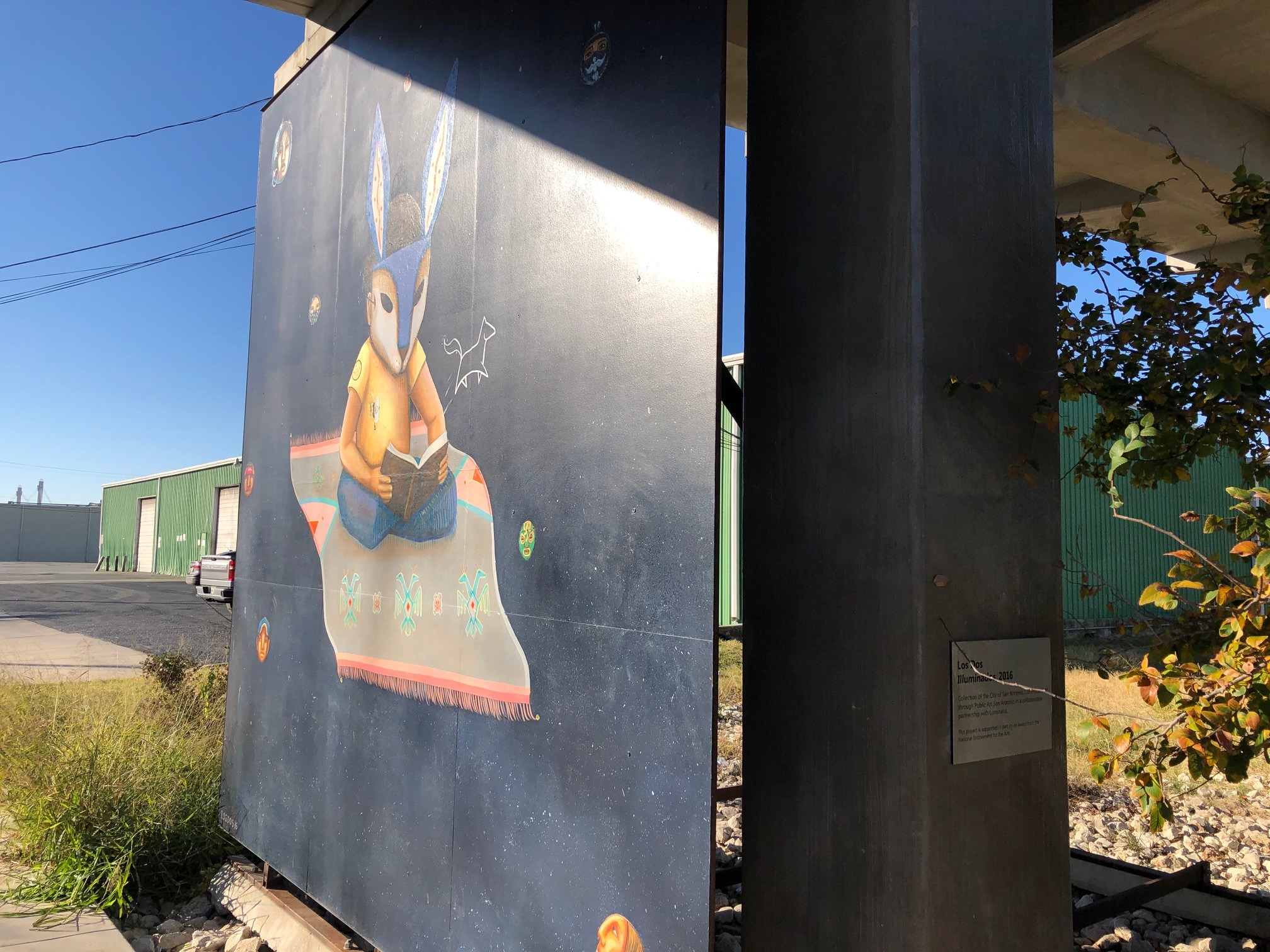What is space? How is space decided, defined, and assigned meaning? Dictionary.com defines “space” as “a continuous area or expanse which is free, available, or unoccupied”. If a space is occupied, does that mean it has lost its meaning or is this meaning still there? If the meaning is still there, is it the same?
Critically acclaimed singer-songwriter and performance artist Solange Knowles mentioned in a 2019 interview when asked about her fourth album When I Get Home, she grounds her work in world-making and establishing spaces that preserve the everyday history of Black culture, specifically within the context of her native Houston.
Knowles has been referenced for her innovative performance pieces, having originated multi-tier performance pieces from Marfa, Texas to Sydney, Australia in spaces from opera houses to museums. Her work suggests the power and the influence museums and other spaces devoted to the preservation of art and culture has on the study, understanding, and celebration of the human experience.
Dictionary.com defines a “museum” as “a building in which objects of historical, scientific, artistic, or cultural interest are stored and exhibited”.
In 2020, museums have trended in the news. Writer Sarah Cascone, in her 2020 article for ArtNetNews, “Thousands of US Museums Could Close Forever As The Financial Effects of Lockdown Turn Existential, A New Report Finds”, writes that, “eight months since museums across the US were forced to abruptly close, institutions have lost millions of dollars and are struggling to survive, according to a new report from the American Alliance of Museums…roughly 30 percent of US museums remain closed today, and those that resumed public operations are averaging just 35 percent of their normal attendance-which may not be enough to keep them afloat”. Museums in San Antonio such as the DoSeum and the San Antonio Museum of Art (SAMA) have been no exception.
Such unfortunate events surrounding museums begs the question for a complete redefinition and reimagination of space. Through the lens of a museum, in which historical, artistic, and cultural interest are at the core of its work, it leaves room to examine the concept of gentrification at the cultural preservation of a city and its communities.
The City of San Antonio’s Department of Arts & Culture’s Public Art Division have placed an open call for artists to apply to work on upcoming city art projects for the next three years. According to the their website, they are “seeking professional qualifications from area, state, national, and international artists and arts organizations…including, but not limited to, consulting, curating, writing, project management, art history, etc…” Interested individuals are encouraged to submit an application at www.getcreativesanantonio.com by January 18th.
It is imperative to note that gentrification exists beyond the boundaries of urban geography and housing development. One’s mind can become gentrified. One’s creative autonomy can become gentrified. One’s legacy can become gentrified. Is this a good thing or a bad thing? Is it progression or regression? Who decides? Where does art and space fit into this examination?
Gentrification and art are intertwined when it comes to the preservation of art. Perception and research have suggested that when outside entities, from a local, regional, state, national, and global standpoint, come and reimagine a space that its original inhabitants have claimed, sometimes with or without the inhabitants’ knowledge or contribution, the human experiences in those spaces are not understood, celebrated, or memorialized.
An opportunity has been presented to redefine and reimagine the spaces of San Antonio, Texas, specifically in the East, West, and South sides of town. San Antonio artists alike have an opportunity to preserve, celebrate, and memorialize the historical and cultural significance of the Alamo City. Moreover, this is an opportunity for East side artists and art supporters to reclaim and reinvigorate the space that is the East side of San Antonio.





